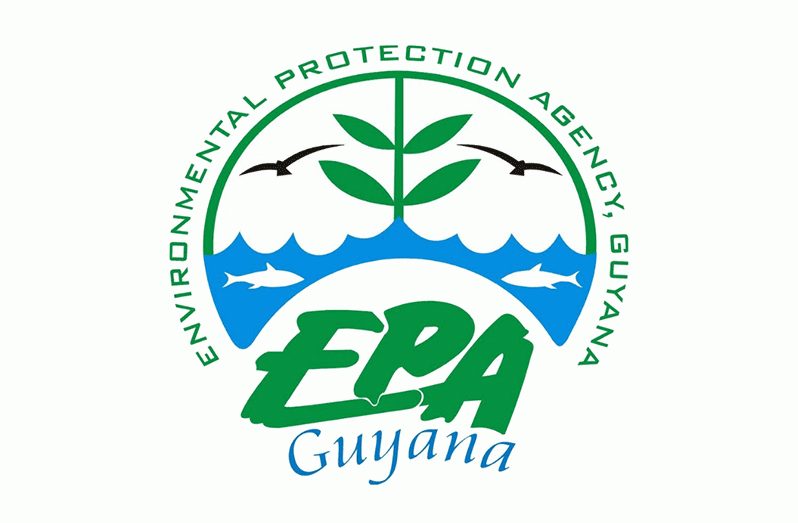GUYANA’S National Development Strategy mandates that stringent environmental considerations must guide all steps taken toward national development. However, in previous years, these principles have not been effectively or efficiently practised within the mining industry. Positioned on the mineral-rich Guiana Shield, Guyana’s mining sector primarily focuses on extracting gold, bauxite, diamonds, and, more recently, oil and gas.
Mining has long been a cornerstone of Guyana’s economy, with bauxite and gold historically serving as the primary minerals extracted, creating jobs and generating significant revenue for the government. The industry has played a critical role in the nation’s economic development. Unfortunately, like many other countries, Guyana’s mining industry faces significant challenges, including environmental degradation and biodiversity loss.
The environmental impact of mining is wide-ranging. Activities such as prospecting, exploration, construction, operation, maintenance, expansion, abandonment, decommissioning, and repurposing of mines can directly and indirectly affect environmental systems. Land-use changes due to mining operations often lead to deforestation, erosion, contamination of water bodies, alteration of soil profiles, and increased noise, dust, and emissions. These effects have been well-documented, with mining tailings—a byproduct of the extraction process—often being a primary cause.
Mining tailings consist of materials left behind after the commercially useful portions of the mined material have been extracted. These tailings can be hazardous, often containing radioactive, toxic, or acidic substances. To mitigate their environmental impact, tailings are typically stored in large dams. However, these dams can fail, leading to severe environmental consequences. The substances stored in tailings, such as cyanide, mercury, or arsenic—used in the extraction process—pose significant risks to ecosystems and human health.
To address these challenges, advancements in mining have increasingly focused on technologies that enhance the capabilities of regulatory agencies to monitor land degradation, water quality, and environmental protection.
Remote Monitoring
The Environmental Protection Agency (EPA) plays a crucial role as a regulatory body in Guyana, recognising the importance of continuously monitoring mining activities to assess and mitigate potential environmental impacts. To this end, the EPA employs cutting-edge technologies such as Geographic Information Systems (GIS) and remote sensing tools. By integrating remote sensing with GIS, the EPA gains enhanced geospatial data that is particularly valuable in hazardous or remote areas where traditional on-site monitoring may be challenging.
The EPA’s specialised and skilled team leverages these technologies to efficiently manage pollution reports, identify sources of contamination, and locate non-compliant mining operations. Through precise mapping of complaints to their respective regions, the agency can allocate resources and interventions more effectively, ensuring that critical areas receive the needed attention.
One of the most significant advantages of remote sensing in mining is its ability to monitor and mitigate the environmental effects of mining activities. Remote sensing provides crucial data on land use changes, land cover, and water quality, which form the basis for enforcing environmental regulations and promoting sustainable mining practices.
The EPA has made considerable strides in advancing GIS and remote sensing technologies in recent years. Adopting new sensor technologies, such as hyperspectral imaging and Light Detection and Ranging (LIDAR), have enabled more precise and comprehensive data collection. These advancements allow the EPA to better assess and understand the complex interactions between mining activities and the environment.
As technology continues to evolve, the EPA remains committed to being at the forefront of innovation in environmental monitoring. The agency is investing in research and development to explore emerging technologies that complement GIS and remote sensing, promising even greater accuracy and efficiency in monitoring and regulatory efforts.
Moving Forward
Guyana’s mining industry, crucial to the nation’s economy, must balance its economic contributions with environmental sustainability. The historical lack of effective environmental practices has led to significant challenges, but technological advancements and stronger regulatory frameworks offer hope for a more sustainable future. By promoting responsible mining practices and fostering collaboration among regulatory agencies, mining companies, and local communities, Guyana can move towards a mining sector that drives economic growth and safeguards the environment for future generations.
You can share your ideas and questions by sending letters to: “Our Earth, Our Environment”, C/O Communications, Environmental Protection Agency, Ganges Street, Sophia, GEORGETOWN, or email us at: communications@epaguyana.org. Follow us on Facebook and Instagram, and subscribe to our YouTube channel.




.jpg)










